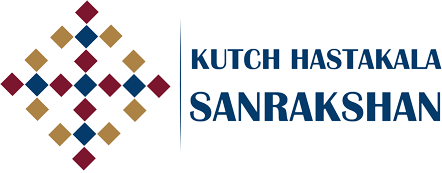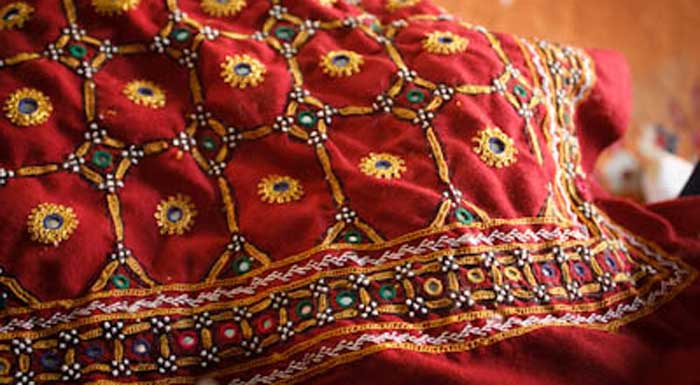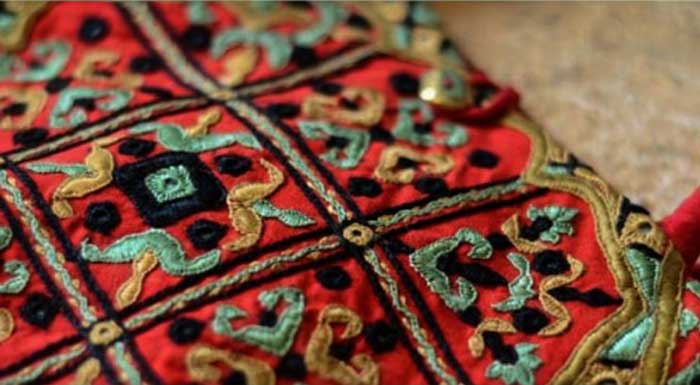COMMUNITIES INVOLVED: Originally from Arabia, the Haalepotra community settled in Sindh before moving to Banni about 400 years ago to practice thetraditional occupation of cattle rearing. Even today the men rear sheep, goats, cows and oxen. Elders of the Meghwaad Maarwaada community trace their ancestry to the Marwar region of Rajasthan. They say the community […]










